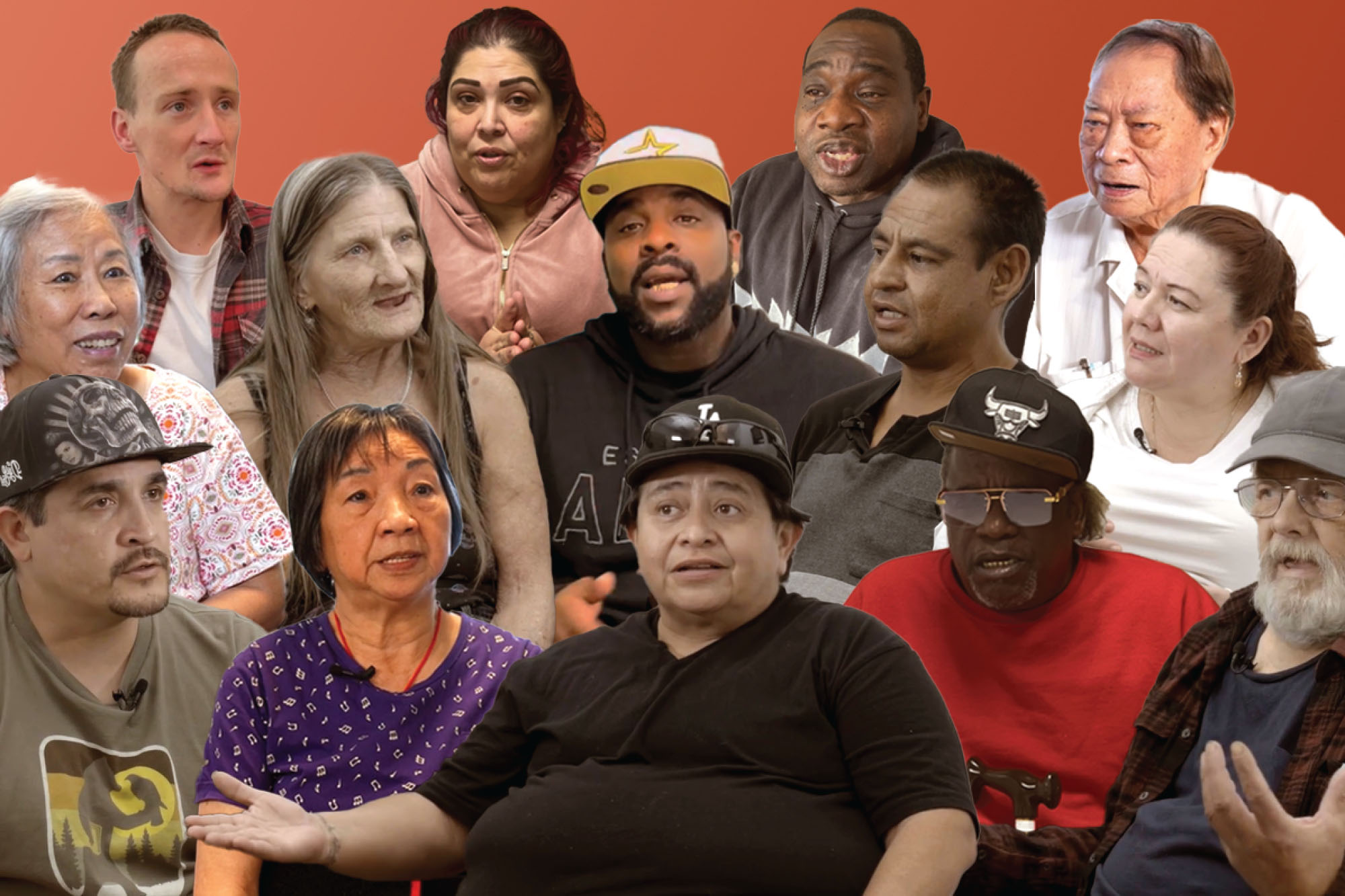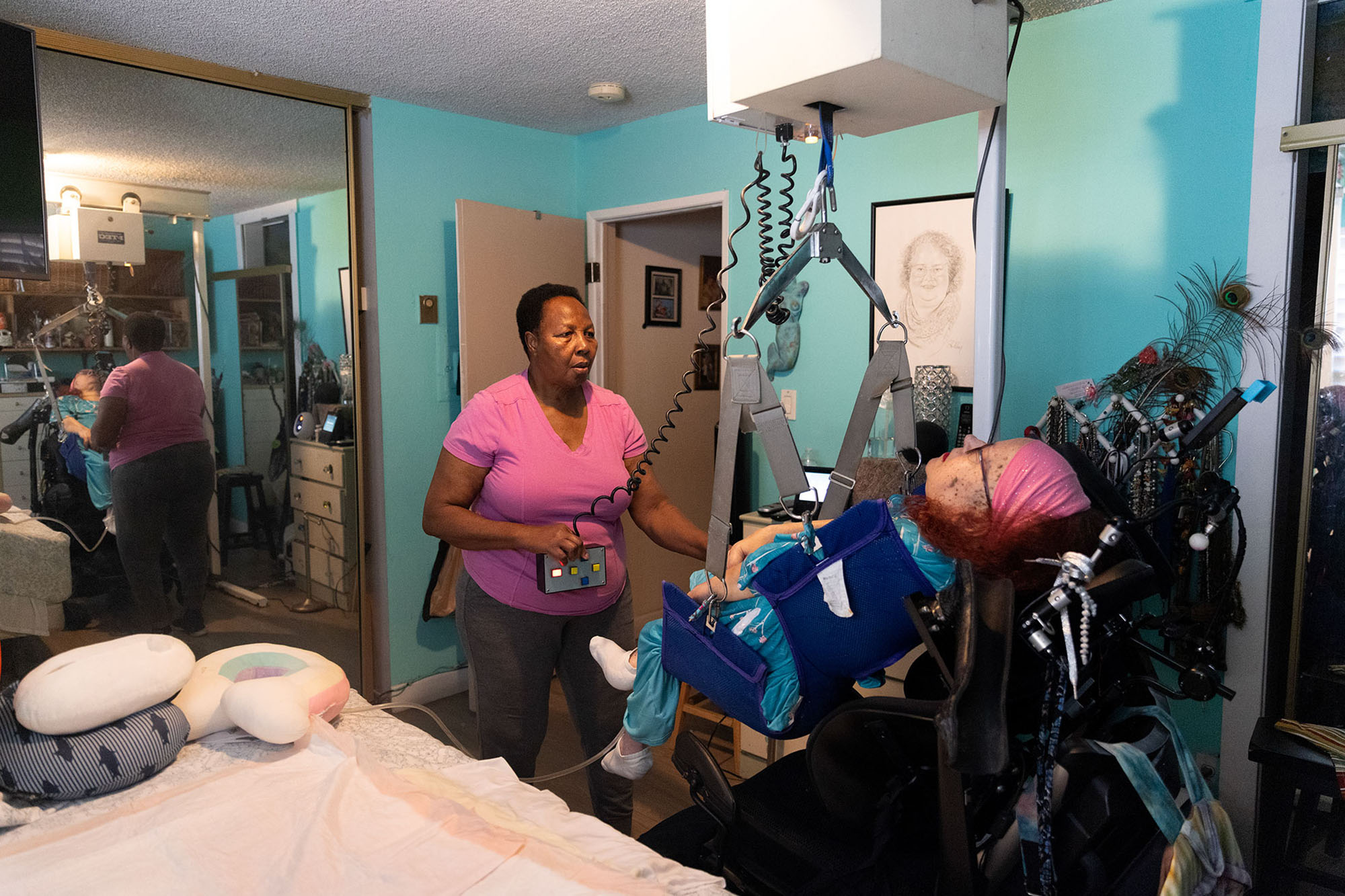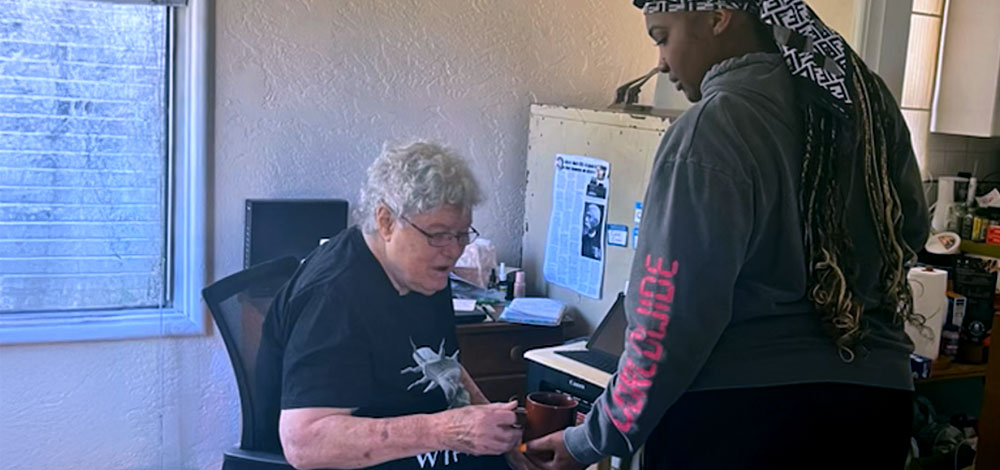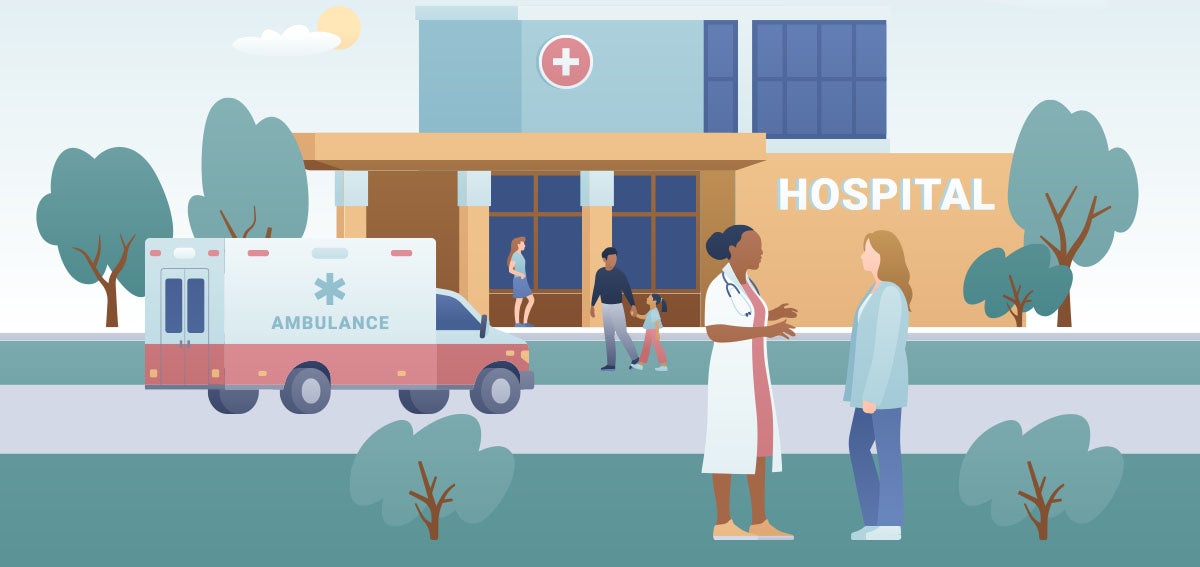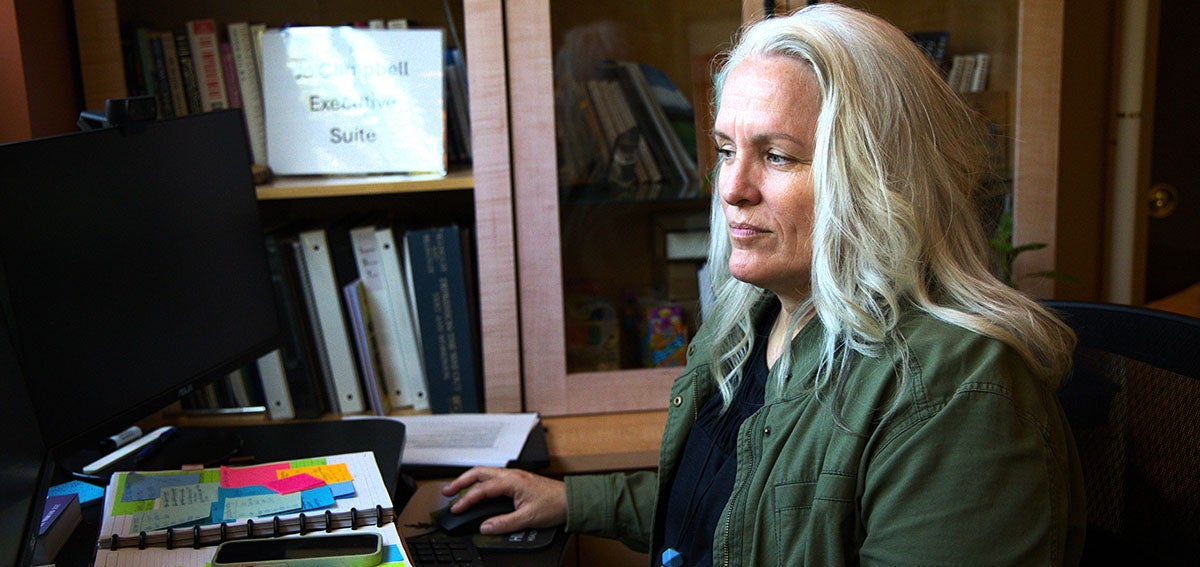|
Getting your Trinity Audio player ready…
|

Faced with $880 billion in possible federal budget cuts to the nation’s Medicaid program, communities in the Central Valley are bracing for a health care crisis that could destabilize access to medical care for many residents. In some areas, nearly two-thirds of the population is enrolled in Medi-Cal, and local health providers and families are warning policymakers about the implications of reduced access to essential medical services. For safety-net hospitals struggling to stay afloat and families living in fear for the well-being of their loved ones, the stakes are sky-high.
More than 2.2 million Medi-Cal enrollees live in the agriculture-dominated Central Valley from San Joaquin County south to Kern County. Spending cuts would perhaps be felt most deeply in Kern and Tulare Counties, where up to two-thirds of residents are enrolled in Medi-Cal. Medi-Cal participation in Kern and Tulare far exceeds the statewide Medi-Cal enrollment rate of one in three Californians, according to the UC Berkeley Labor Center.
“It is gut-wrenching, infuriating, and deeply alarming to consider what this area will look like if these cuts go through,” said Matthew Beare, MD, a physician with the Bakersfield health center of Clinica Sierra Vista, a Federally Qualified Health Center system. “The consequences of losing access to health care would be devastating, affecting friends, coworkers, families, and neighbors. Beyond the human cost, the economic impact will be enormous, as hospitals and clinic systems that are specifically structured to care for Medicaid recipients will be thrown into financial instability.”
Patient Angst, Safety-Net Hospitals at Risk
Donna Hefner, RN, MSHS, the president and CEO of Sierra View Medical Center in Porterville, is also concerned about how the cuts would affect the 167-bed, full-service acute care facility. “We consider ourselves a safety-net hospital, which means we operate on very slim margins,” Hefner said. More than 41% of Sierra View’s patients are covered by Medi-Cal, according to a CHCF analysis of data from the California Department of Health Care Access and Information. Hefner, a native of the area who has worked in health care for three decades, says in the last 11 years she has witnessed a substantial increase in Medi-Cal enrollment among Central Valley residents and a sharp reduction in uninsured people paying for their own services and running up medical debt.
“The reduction in self-pay that’s happened over the last several years has been positive both for the hospital and for the health of the patients,” said Hefner. “If the number of people covered by Medi-Cal decreases, it would have a negative impact on the hospital and on people’s health.”
In 2008, Elaine Berg, a mother of three adult children, returned to her hometown of Bakersfield, California, to help provide end-of-life care for her elderly mother. That effort lasted 11 years and wiped out Berg’s savings. Now Berg is 65 years old, enrolled in both Medicare and Medi-Cal, and caring for her 45-year-old son, Alpha Omega “Poppy” Stewart. He was born with Down syndrome and is covered by Medi-Cal.
Berg, who once owned two Ventura County facilities for the developmentally disabled, said national discussion of Medicaid spending cuts over the next decade has filled her with angst. “I’ve never in my lifetime worried that the most vulnerable people in the US would not be taken care of until now,” she said.
Reductions in Primary Care Workforce
Clinica Sierra Vista, one of the nation’s largest community health centers, provides hundreds of thousands of medical visits a year and employs more than 1,500 people. The organization hires staff from the community, said CEO Olga Meave, MD. “With cuts, there’s no doubt that the health care workforce here will have to be reduced,” she said. The community faces the risk of extensive job loss, but it’s the patients who are of greatest concern to Meave. “If cuts mean we are only able to serve half of the patients we currently see, what happens to the other half?” she said. “Do they just show up at the emergency room? Our hospitals can’t take up the slack, and they shouldn’t be expected to.”
Area hospitals Adventist Health, Dignity Health, Kern Valley Healthcare, Good Samaritan Hospital-Bakersfield, and Mercy Hospital attribute 25% to 69% of net patient revenue to Medi-Cal reimbursement, according to the CHCF analysis of state data. And 75% of the patients of Valley Children’s Healthcare, a network of eight pediatric specialty and primary care clinic facilities serving more than 1.3 million children in the Central Valley, are covered by Medi-Cal, according to spokesperson Rob Segura. Medi-Cal is “a critical program for Valley Children’s, our patients, and their families,” said Segura.
The Central Valley is a major force in California agriculture and a critical link in American food production. Almonds, pistachios, grapes, citrus, carrots, lettuce, and tomatoes are among the area’s top commodities. Central Valley companies that farm and process these and many other crops for national and international distribution are highly dependent on the labor of healthy and able-bodied Medi-Cal enrollees to get the work done.
‘We Deserve to Be Able to Live’
Berg is deeply worried about whether reductions in Medi-Cal spending could threaten the availability of covered services to her family. Stewart is awaiting foot surgery, and Berg fears Medi-Cal might discontinue coverage for his podiatric care and other needed treatments. She also has her own chronic medical conditions whose management requires unfettered access to checkups and prescription medications.
Serious consideration of dramatic Medi-Cal cuts implies that she and Stewart are not worthy of being supported by society, she said.
Berg said her son is active at Bakersfield’s St. Paul’s Episcopal Church and is known in the community for collecting donations for “Poppy’s bags” — brightly colored knapsacks filled with food, socks, and hygiene products for unhoused people. The two also are involved in pet rescue and adoption efforts in the Central Valley.
“I get the sense that some politicians believe that if you’re on Medi-Cal, you aren’t valuable and that you don’t deserve medical care,” she said. “But we are valuable, and we deserve to be able to live.”
Authors & Contributors
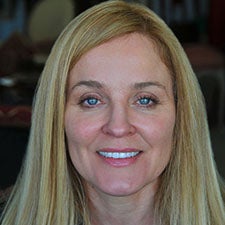
Victoria Clayton
Independent Journalist
Victoria Clayton is a journalist and creative writer in Southern California. Her work has appeared in The Guardian US, The Atlantic, the Washington Post, Open Mind, and many other publications. She writes on a range of topics, including health, well-being, and family.
Clayton is a member of the American Society of Journalists and Authors.

Adam Perez, MS
Independent director and photographer
Adam Perez is an independent director and photographer born and raised in California’s rural Central Valley. His work spans genres and mediums — all rooted in intimate storytelling. The Emerson Collective, The Center for Cultural Power, The California Arts Council, and the Academy of Arts and Sciences have supported his work about farmworker communities.
His work has been featured in The New York Times, the Los Angeles Times, The New Yorker, TIME magazine, CNN, and NBC and has spanned the US and Latin America. He has also produced national campaigns for the ACLU, Apple, Airbnb, and AT&T.

